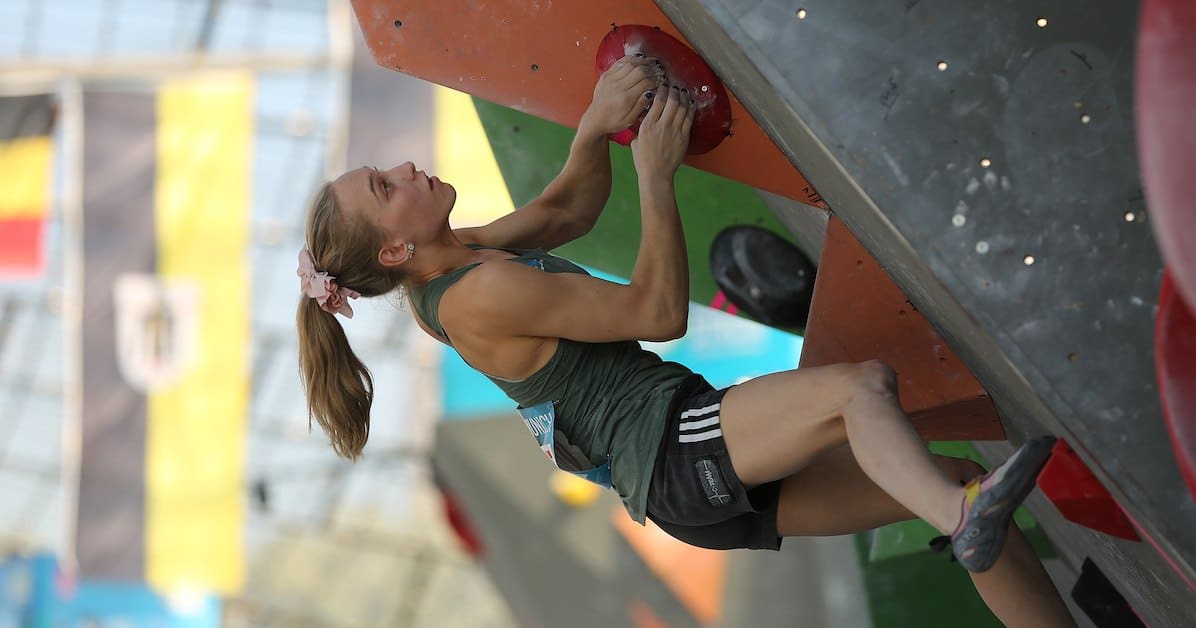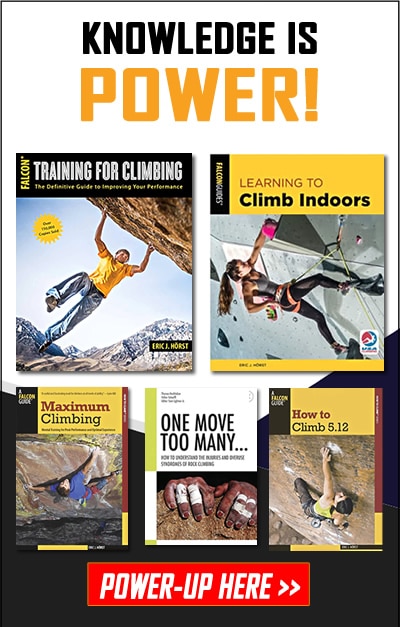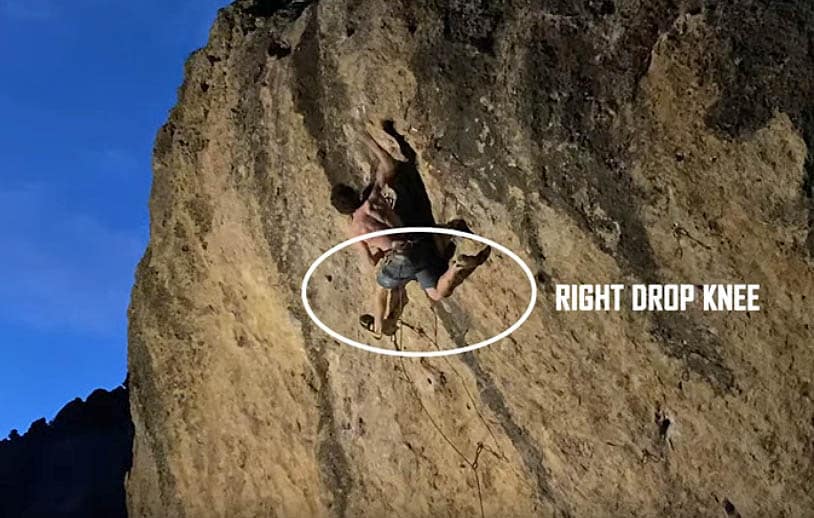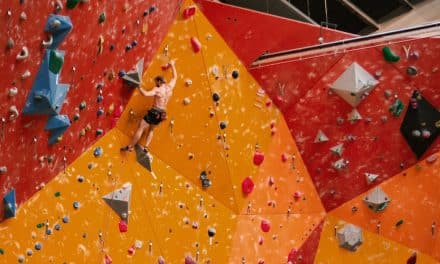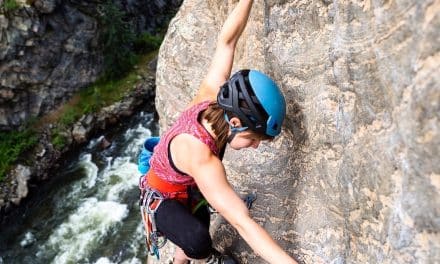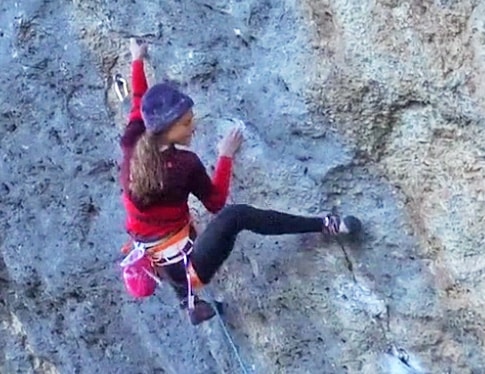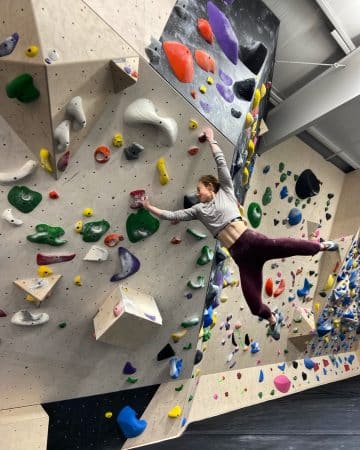
Even in the middle of the most dynamic moves, quality of movement helps climbers maintain control of their bodies.
Clean up your act! Improve your quality of movement for better efficiency, fluidity, precision, and focus while climbing.
Fighting for a send feels good. Kicking your feet, grasping for holds, gritting your teeth as your fingers slowly lose traction one pad at a time…the battle is exhilarating (especially if you win).
But as satisfying as a dirty send might feel, it shouldn’t be the norm. Save the struggle for the rare climb that pushes you up against your absolute limit. Climbs below that threshold deserve a different kind of effort: a focus on high quality movement.
Now, there’s no such thing as perfect execution on a climb. We’re not robots; human beings can’t do anything flawlessly. But the goal of focusing on quality movement is to climb as close to perfectly as possible. The closer you get to perfect execution on a move, and the more times you rehearse doing it that way, the more ingrained it becomes. Soon enough, near-perfect is your new normal.
If you’ve ever watched a climber practically dance up the wall, you know what this looks like in action. While the moves might still challenge them, they’ve learned how to move fluidly and precisely through them. It’s not just for the sake of looking good, either. Messy climbing drains your powerbank like nothing else. Every time you readjust your hand, lose your footing, or swing open like a barn door, you let precious energy slip through the cracks. The effort it takes to make up for even one sloppy mistake would be much better spent on staying strong through the moves ahead.
Cleaner, higher quality climbing can mean the difference between sending and falling or between one grade and the next. And if you’re sending sloppily, just think about how much harder you could climb if you harnessed more control over your movements. The energy you’d learn to save could be enough to launch you to the next level.
If you find yourself feeling more like a wrestler than a dancer while climbing, try this Quality of Movement drill to help tighten the ship.
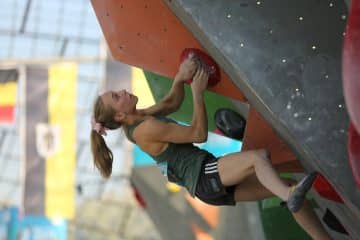
When it comes to quality of movement, Janja Garnbret demonstrates unmatched fluidity and control.
Step One: Climb!
Pick a climb that’s a grade or two below your redpoint level. Climb it as you normally would, with no extra intentions beyond your typical approach. Really try to release any expectations and rely on instinct. The point here is to slowly, methodically improve your natural climbing habits—which means figuring out what those natural habits are to begin with. Allow yourself to explore what that looks and feels like for you without trying to change it (for now).
Step Two: Analyze
After you send, give your quality of movement a rating from 1-10: 1 being piss poor, 10 being a work of the gods. I find it helpful to start at 10 and subtract a point for each fumble. Readjustments, foot slips, wrong placements, missed reaches, barn doors, chicken-wing elbows, saggy hips, shakiness, moments of hesitation, and anything else that makes you feel less than the best version of yourself on the wall are all reasons to dock points.
Video makes for a useful tool here. Some of these things we can physically notice in the body, but other habits might be so subtle or ingrained that you can only spot them from an outside perspective. If possible, get some footage of yourself on the climb as a way to tap into an external source of data on your movement patterns.
Step Three: Make One Change
Once you’ve settled on a rating from 1-10, consider each of the fumbles that led you to that score. Your goal from here on out is to tackle those detractors and work your way toward a perfect 10. But not all at once! Hone in on one thing at a time so that you can dedicate your full attention to each mistake or messy habit. Think about it: many of these movement patterns have settled so deeply into your subconscious that they’re more instinct than choice. Making a change won’t come easily. Give your brain the best chance of absorbing the new material by minimizing the noise.
Hop on the climb again with that one change at the forefront of your mind. Pour your mental and physical energy into improving that specific movement pattern. Take mental snapshots of what it looks and feels like to perform the moves this way instead. As soon as you get down from the climb, visualize how you made the change. Hold onto that image.
Step Four: Repeat!
For your third trip up the climb, pick another habit to focus on. This time, though, you’ll stack it onto the first change you made. Try to make this new improvement without letting the previous one fall to the wayside.
Repeat this process for as many points as you deducted from the full 10. That might mean climbing the same route or boulder 4, 5, or more times…but you’ll likely find that each attempt feels like a different climb than the last because of the gradual changes you’re making each time. Keep going until you achieve perfection (or as close as we mere mortals can get).
The Quality of Movement drill is a great way to add structure to your warmup or cooldown on climbs slightly below max effort, or even as the main event on a heavy volume day. Work it into your schedule at least once a week to start correcting your climbing instincts!
Related Articles:
- Mastering Climbing Movement with Proprioception and Process Feedback
- Onsight Practice Payoffs for Faster Improvement
- 5 Tips for Improving Your Climbing Efficiency (and Climbing WAY Harder!)
- Steep Route Techniques
- The Climbing Technique and Mastery of Jonathan Siegrist
Copyright © 2000–2023 Lucie Hanes & Eric J. Hörst | All Rights Reserved.

